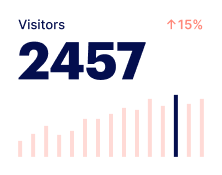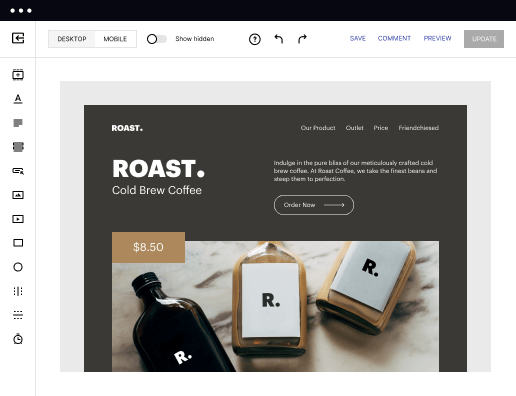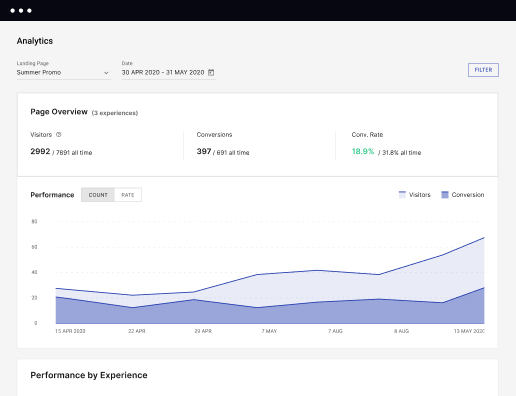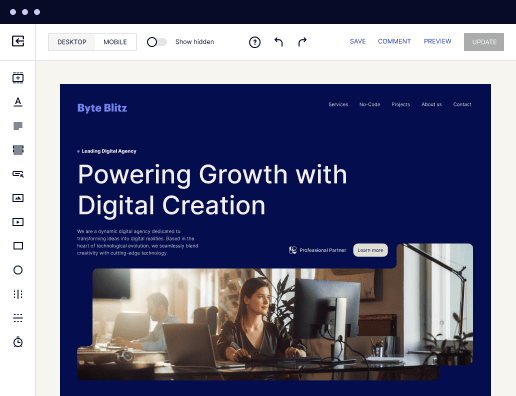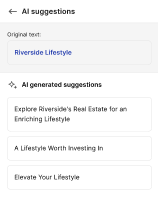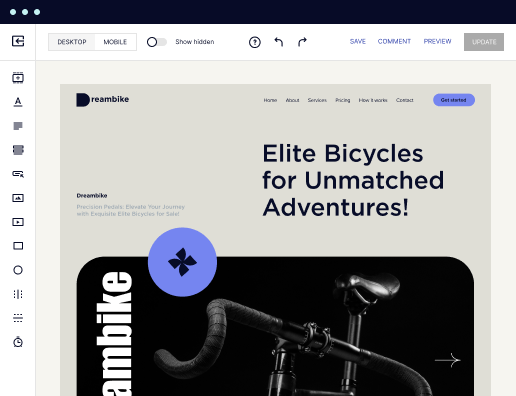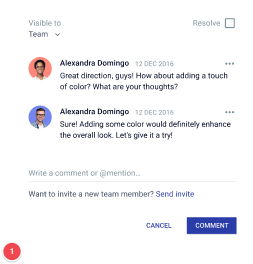Make your glossary page designed for CentOS
Instapage empowers you to reduce costs, increase conversions, and deliver meaningful experiences on CentOS.
Create Your Glossary Page on CentOS
Creating a glossary page on CentOS is pivotal for marketers looking to establish credibility and enhance user experience. Instapage provides a seamless platform for marketers to create high-converting landing pages quickly without the need for coding. With its extensive library of over 100 conversion-focused layouts, users can efficiently design a glossary that aligns with their brand and audience needs.
Understanding the Importance of a Glossary Page
A glossary page acts as a helpful resource for users, offering clear definitions and explanations of industry terms. It's an essential tool for enhancing user understanding, particularly for complex fields like technology and finance. By embedding relevant keywords, you can improve SEO and drive more traffic to your site. A well-structured glossary page also builds brand trust, crucial for customer loyalty.
- Enhanced Clarity: Providing a glossary helps clarify industry jargon, making it easier for users to understand content.
- Improved SEO: Including commonly searched terms improves organic reach and searchability of your landing pages.
- User Engagement: A glossary can keep visitors on your site longer, positively impacting your conversion rates.
Step 1: Utilize Instapage's Flexible Templates
Begin your glossary page by selecting one of Instapage's flexible landing page templates. These templates are designed with conversion in mind and are fully customizable to fit your brand's look and feel. You can easily drag and drop elements, ensuring your page is visually appealing and informative.
Step 2: Optimize for SEO and User Experience
After customizing your page, focus on optimizing it for SEO. Use heatmaps to analyze user behavior, conduct A/B tests to identify the most effective layout, and ensure your glossary terms are relevant to your audience's needs.
- Keyword Placement: Strategically place keywords related to your glossary entries for better SEO.
- User Feedback: Collect user data through feedback forms to continually improve your glossary content.
- A/B Testing: Experiment with different layouts to see which format keeps users engaged.
Step 3: Personalize Content for Your Audience
Utilize Instapage's personalization features to dynamically adjust your glossary page for different audience segments. This customization enhances user satisfaction and increases the likelihood of conversions. Employ dynamic text replacement to align specific terms with relevant ads, providing tailored experiences.
- Audience Segmentation: Divide your audience into segments based on interaction and personalize content accordingly.
- Dynamic Text: Use features to replace text dynamically, ensuring it resonates with specific user needs.
- Tracking Performance: Leverage analytics tools to monitor how different segments engage with your glossary.
In conclusion, creating a glossary page on CentOS using Instapage empowers marketers to enhance user experience, improve brand trust, and drive conversions through tailored content.
Ready to elevate your marketing strategy? Start creating your glossary page on CentOS today with Instapage and experience the transformation in your customer engagement.
Get more out of Create your glossary page on CentOS
Improve your Quality Score with quick load technology for landing pages
Increase conversions with content that aligns with your ads and audiences
Achieve maximum ROI by scaling your marketing initiatives
Leading the way in building high-performing landing pages





FAQs
See how to create your glossary page on centos in action
Ready to skyrocket conversions?
Supercharge your ad campaigns with high-performing landing pages.
Get started
